This famous Roman Emperor has been described as the “Philosopher King” by both his contemporaries and modern-day historians.
In this post, you’ll discover the ultimate list of interesting facts about Marcus Aurelius.
1. Marcus Aurelius was born in Rome in the 2nd century
Marcus Aurelius was born in Rome on April 26 of the year 121 A.D. His name at birth remains unclear as he might have gone by several different names during his childhood and adolescent years.
It’s assumed his name at birth was Marcus Annius Verus, but he also went by the names of Marcus Annius Catilius Severus and Marcus Catilius Severus Annius Verus during his childhood and up to his marriage.
What we do know is that he became the heir to Roman Emperor Antoninus Pius and he went by the name of Marcus Aelius Aurelius Verus Caesar in the year 138 A.D. When he became Emperor, his full name was Marcus Aurelius Antoninus Augustus.
Let’s just refer to him as Marcus Aurelius to make it easier.
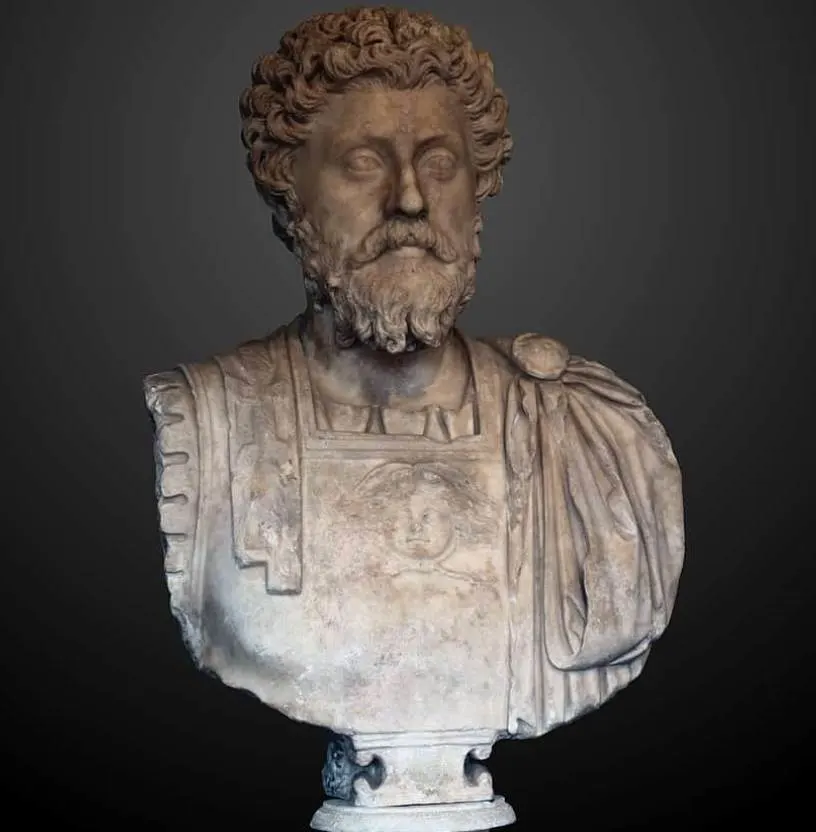
2. He was born into the ruling dynasty of the Roman Empire
The fact that he became the heir to the Roman Emperor at the young age of 17 was because he was born into an extremely wealthy family with direct ties to the ruling dynasty at the time, the “Nerva-Antonine dynasty.”
Some of the most famous Emperors of this Dynasty were Nerva, Trajan, and Hadrian.
The family of his father, Marcus Annius Verus III, was of Roman Italo-Hispanic origins. At some point, some of them moved to a small town near Córdoba in southern Spain. The gens Annia was a very important family in Ancient Rome as they were assumed to be direct descendants of Numa Pompilius, the second King of Rome and successor of Romulus.

His mother was named Domitia Lucilla Minor and inherited a small fortune because of her family’s construction business, which was booming at the time.
It’s fair to conclude that the Young Marcus Aurelius was extremely well-off!

3. He was raised on a hill in Rome which he called “My Hill”
One of the most fascinating facts about Marcus Aurelius is that he was raised at the “Horti Domitia Calvillae,” a large villa in one of the best neighborhoods in Rome.
This upscale residence was located on the Caelian hill, one of the 7 famous hills in Rome. He was born and raised here and referred to this hill as “My Caelian.”
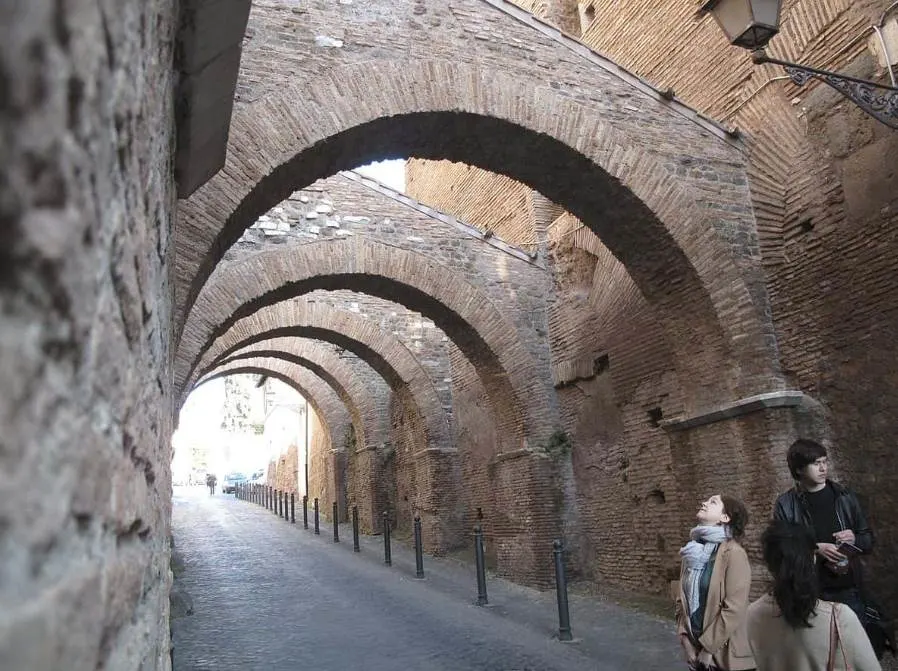
4. He considered himself to be a philosopher from an early age
The young Marcus was educated at home and had some of the best teachers money could buy in Ancient Rome. Public schools were out of the question for aristocrats back then so he was extremely privileged.
At the age of 11, he started developing a great interest in philosophy through his teacher Diognetus. He reportedly started wearing a rough Greek cloak and slept on the floor.
During his teens, he had multiple teachers, including Aninus Macer, Caninius Celer, and Herodes Atticus in Greek, and one in Latin named Fronto. Especially Fronto became his biggest influence during his teenage years and beyond, something that shos from the correspondence between them which largely survived.
Remarkably, Fronto, who was a lawyer and man of the law, opposed his interest in philosophy, saying:
It is better never to have touched the teaching of philosophy, than to have tasted it superficially, with the edge of the lips, as the saying is.
Fronto about Marcus’ interest in philosophy.

5. He became the heir to Antoninus Pius in the year 138 A.D.
Perhaps the main reason why Fronto was against Marcus Aurelius studying philosophy was that he was destined to become Roman Emperor one day. Could a Stoic philosopher ever become a ruthless ruler?
This assumption proved to be correct when Marcus was forced to move into the imperial palace on the Palatine after becoming the heir to Antoninus Pius in the year 138 A.D. at the age of just 17.
Even though he found it extremely difficult to adapt to this new life, he told himself that:
Where life is possible, then it is possible to live the right life. Life is possible in a palace, so it is possible to live the right life in a palace.
Marcus Aurelius about his new life in the Imperial Palace.

6. Marcus Aurelius became the first co-emperor of the Roman Empire
Antoninus Pius died in the year 161 A.D., which means that Marcus Aurelius had a lot of time to prepare himself to become the ruler of the Roman Empire. He did so by becoming consul in the years 140 and 145, and he was also consul at the time he became the sole ruler.
He received the title of Augustus and Imperator and was also elected as Pontifex Maximus, chief priest of the cults.
All of this probably scared Marcus as it’s assumed that he experienced a case of “horror imperii,” genuine fear of ruling. That’s why he demanded that his adoptive brother, Lucius Verus, would be granted the same powers as him.
That’s exactly what happened and both Marcus Aurelius and Lucius Verus became the new Roman Emperors in 161 A.D., the first co-rulers of the Empire in history!

7. The new emperors instantly became popular rulers
One of the most remarkable facts about Marcus Aurelius is that he managed to bring his philosophies into his new role as ruler of the Empire. This means that he remained humble and displayed a sense of “civiliter,” the lack of a need for ceremonial glamour.
This turned out to be very good as he was instantly respected by the people of Rome, as well as the Roman Army. In front of the Senate, he turned out to be one of the best orators who managed to earn the respect of the Senators.
One of the most intriguing facts about Marcus Aurelius is that Fronto, his ultimate teacher, could die a happy man to see his pupil becoming the man he intended him to become!

8. His reign was one of constant war at the Roman borders
Even though the rule of Marcus Aurelius is considered to be part of the Pax Romana, a period of relative peace within the borders of the Roman Empire, his rule was still marked by military conflict at the borders.
Between 161 and 166, there was an ongoing war between Rome and the Parthian Empire and the rebellious Kingdom of Armenia, which was supposed to be a client state of Rome.
Between 166 and his death in 180, he fought a constant war with various Germanic tribes who launched numerous raids into Gaul and across the Danube River.
Even though he managed to be victorious in both the Parthian Wars and so-called Marcomannic Wars, he wasn’t able to completely crush the opposition, especially at the northern frontier and Germanic tribes continued to cause trouble after his death.

9. A terrible plague started during his reign
One of the worst plagues in human history started during the reign of Marcus Aurelius. This plague is referred to as the “Antonine Plague” and is believed to have started in Mesopotamia halfway through the 160s.
Even though this remains unclear, it’s believed that his co-emperor Lucius Verus died in the year 169 A.D. because of this plague which historians now believed to have been smallpox.
What’s remarkable is that it’s believed that this plague also spread further east to China and the Eastern Han empire. Roman coins depicting Marcus Aurelius have been found in China and even as far as Óc Eo in Vietnam.

10. He was married for 30 years and had at least 13 children
Marcus Aurelius was married to the daughter of Roman Emperor Antoninus Pius for 30 years. This woman is referred to as Faustina the Younger and was actually a cousin of Marcus.
Together they had 13 children, of whom only 1 son and 4 daughters managed to outlive their father.
The most infamous of their children was named Lucius Aurelius Commodus Antoninus (161-192), better known as simply “Commodus,” the crazy man (perfectly portrayed by Joaquin Phoenix in the blockbuster “Gladiator”) who would succeed his father and become Roman Emperor. He effectively ended both the Pax Romana and the legacy of the Five Good Emperors.

11. Marcus Aurelius died at the age of 58
The cause of death of Marcus Aurelius is unknown, but he died in the city of Sirmium in Pannonia, an area now called Sremska Mitrovica in modern-day Serbia.
He died at the age of 58 on March 17, 180 A.D., and was instantly deified by the Roman Senate. Unfortunately, the Roman Empire would plummet into total chaos because of his son Commodus, even though Marcus Aurelius himself was always remembered as a great ruler.
His remains were buried at the Mausoleum of Hadrian, now referred to as the Castel Sant’Angelo in Rome, until the year 410, the year that the Visigoths sacked the city.
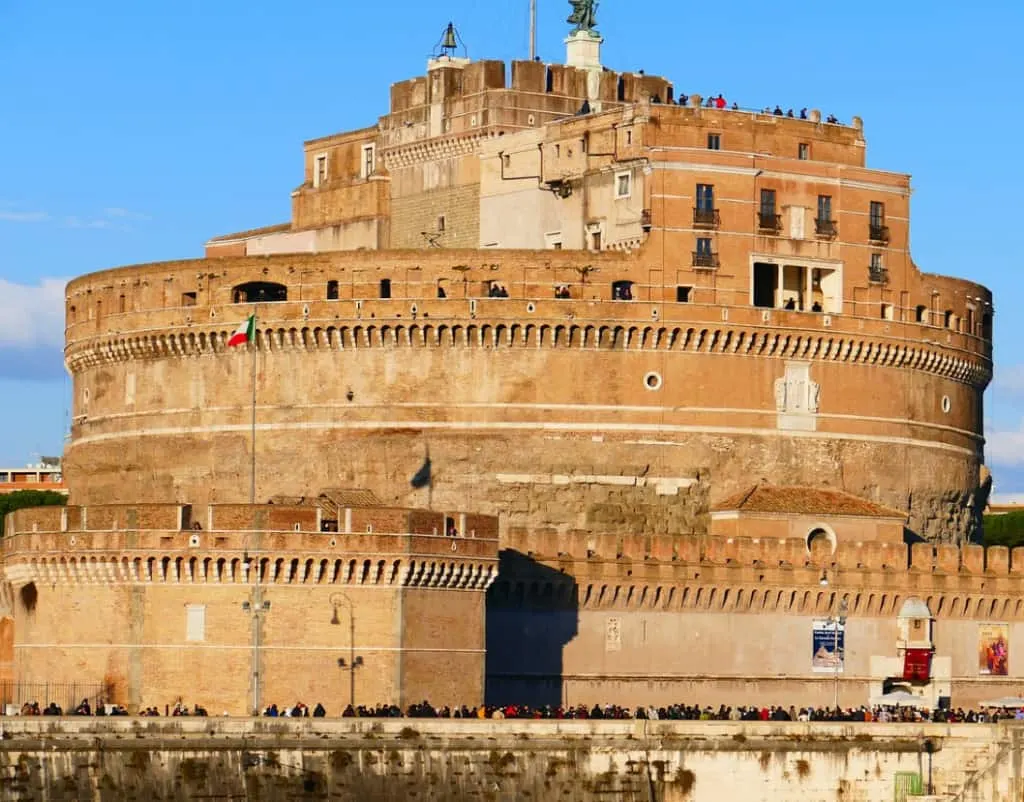
12. A great monument of Marcus Aurelius still decorates Rome today
Two monuments built in honor of Roman Emperor Marcus Aurelius can still be found in the city of Rome today. These include the only remaining equestrian statue that survived from antiquity which is now located in the Capitoline Museums.
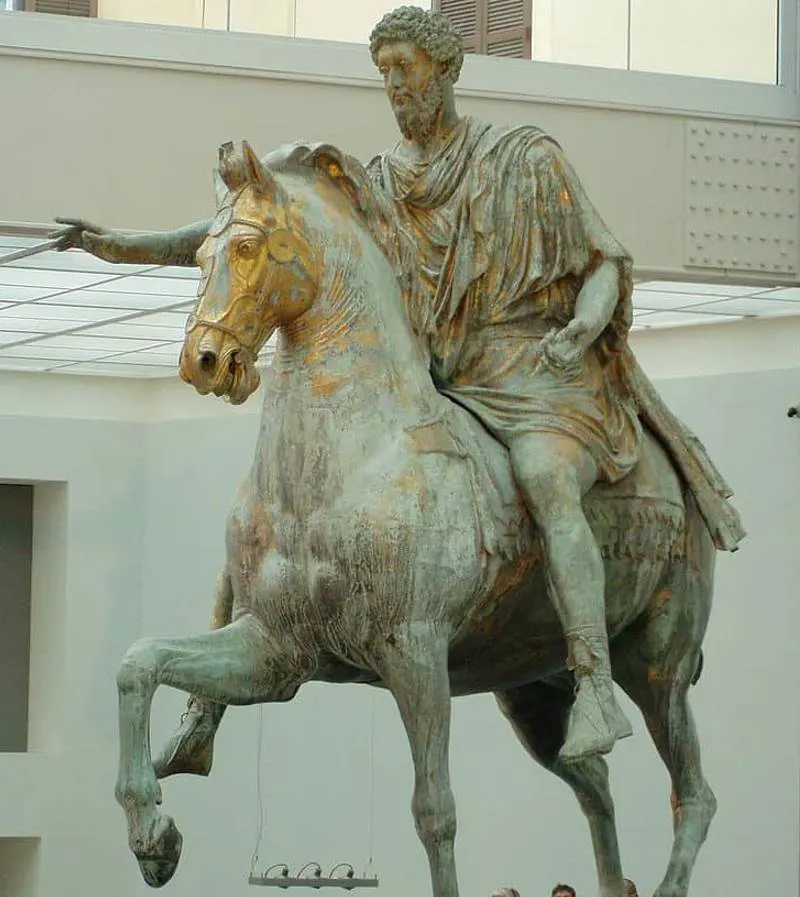
The other one is a victory column that was completed in the year 193 A.D. in honor of his victory against the Germanic tribes in 176 A.D. This column can be found on the Piazza Colonna in the historical center of Rome!
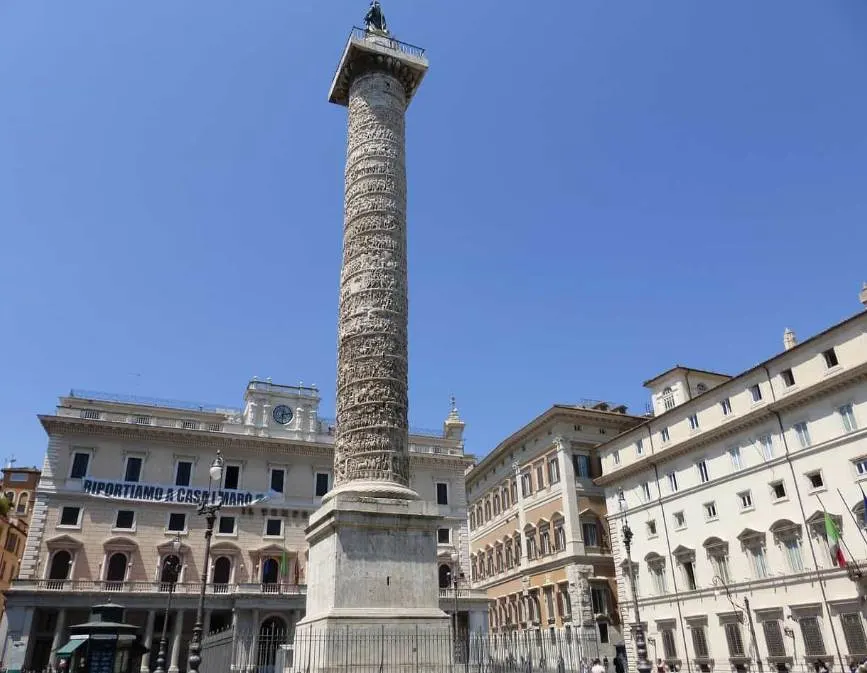
His biggest legacy, however, is a series of personal writings in Greek referred to as his “Meditations.” These writings clearly give us an insight into his philosophies and how he managed to intertwine being an Emperor and philosopher.

